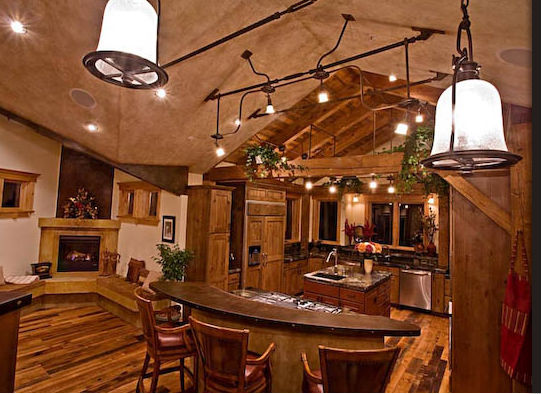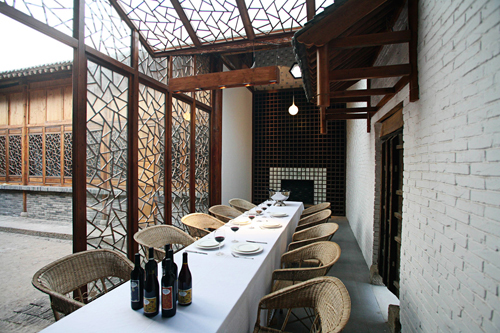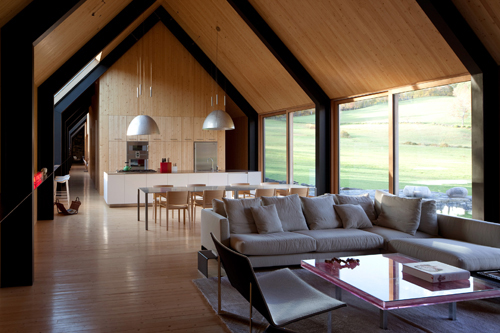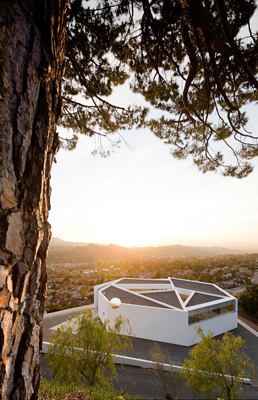Trilogy uses a team approach on each project. We rely on long standing relationships with our design and build partners to bring about the best results for our clients. And we rely on a very talented and hardworking Trilogy crew to supervise design, construction, and interior design with outstanding results. That being said we thought we would have each member of our team answer a few questions so you can get to know them a little bit better.
Michael Rath
- Year Joined Trilogy: 1998
- Position: Managing Partner
- Education: Williams College
- Other work Experience: Financial Markets, Independent Film Making in New York
- Favorite Things: Happy Clients, unique projects and creativity, Colorado when it’s warm and Hawaii when it isn’t
- Best Trilogy Moment: Finishing our first house and selling it the next day. WE WERE IN BUSINESS.
- The worst thing about working here is: Working outside when the weather is cold, and paperwork
- The best thing I’ve learned is: Think outside the box. Always. Create, don’t repeat.
- Where do you want to be in 5 years: Here, there, and everywhere designing great homes, working with amazing clients, finding just the right piece of furniture in a market in Bali.
- Most notable memory while at Trilogy:There have been so many. Not long ago I was driving across the Mojave desert from California pulling a Uhaul full of very expensive Japanese furniture for one of our clients. We could not find a shipper who could deliver in time to move the clients into their new home by Christmas, so not only had I purchased the furniture, I was delivering it.The phone rang and it was Melinda, our operations manager. She had called to tell me that Trilogy had won Summit County Builder of the Year. I thanked her for calling and went back to driving. It would have been nice to have been at the awards ceremony, but it was also great to be getting the furniture back to Colorado.
Suddenly there was a car behind me honking its horn. Lights flashed and the car pulled up along side me. I was going about 80 miles an hour as the passenger rolled down his window and shouted something at me. I couldn’t hear, and he shouted again. He pointed back and suddenly it dawned on me. I quickly pulled over and ran to the back of the trailer. Yes, the door somehow had come wide open. But somehow, not one stick of furniture was lost.
That was a good day.
We also wanted to mention that Michael is co-founder of Haiti Orphan Rescue Project and was recently in Haiti where he is helping to build sustainable children’s communities. Click here to learn more on how you can help the Haiti Orphan Rescue Project.

































 As we move from emergency aid to long-term reconstruction, let us recognize that we cannot accept business as usual. What we envision, today, is wholesale national renewal … a sweeping exercise in nation-building on a scale and scope not seen in generations.
As we move from emergency aid to long-term reconstruction, let us recognize that we cannot accept business as usual. What we envision, today, is wholesale national renewal … a sweeping exercise in nation-building on a scale and scope not seen in generations.



